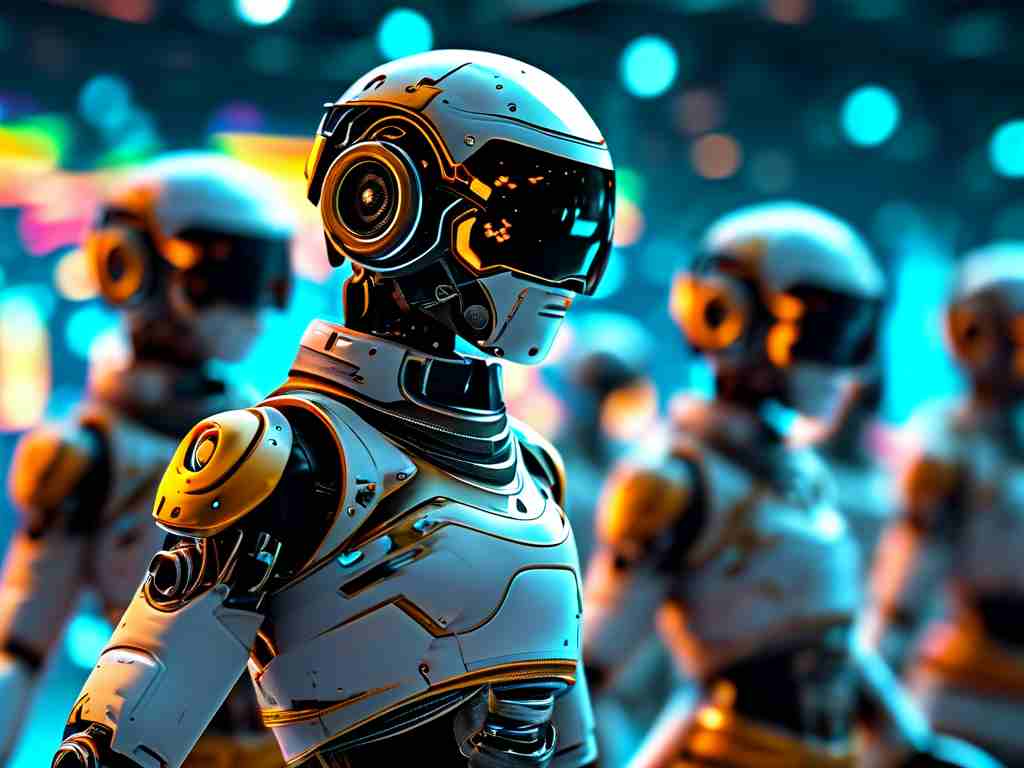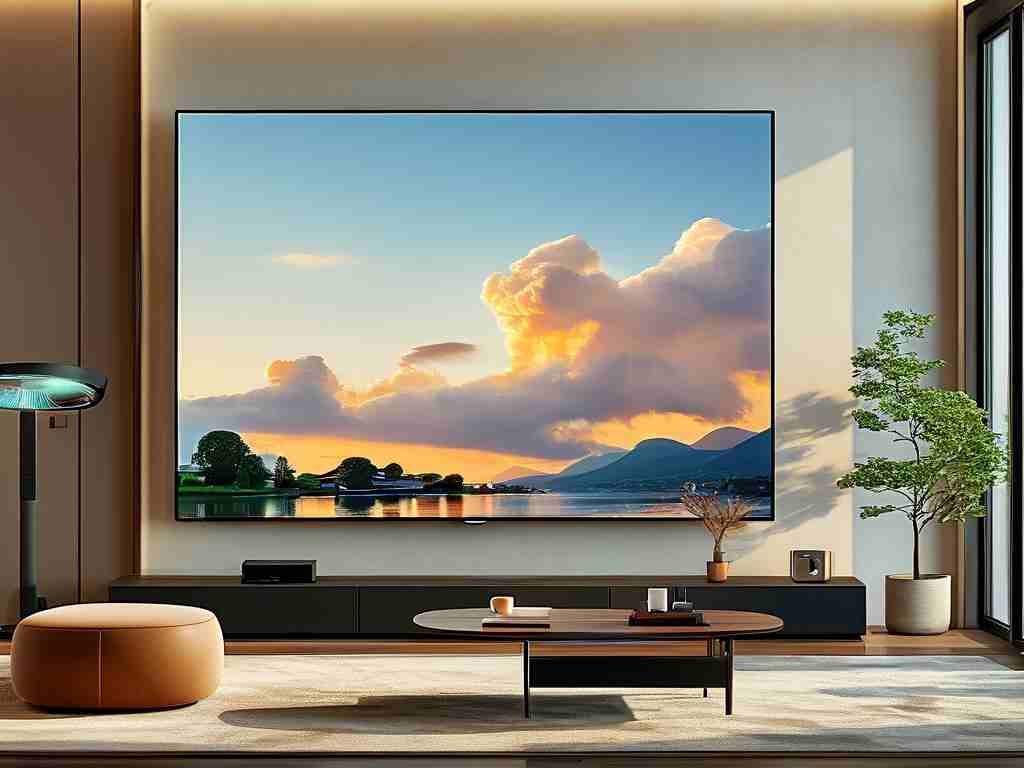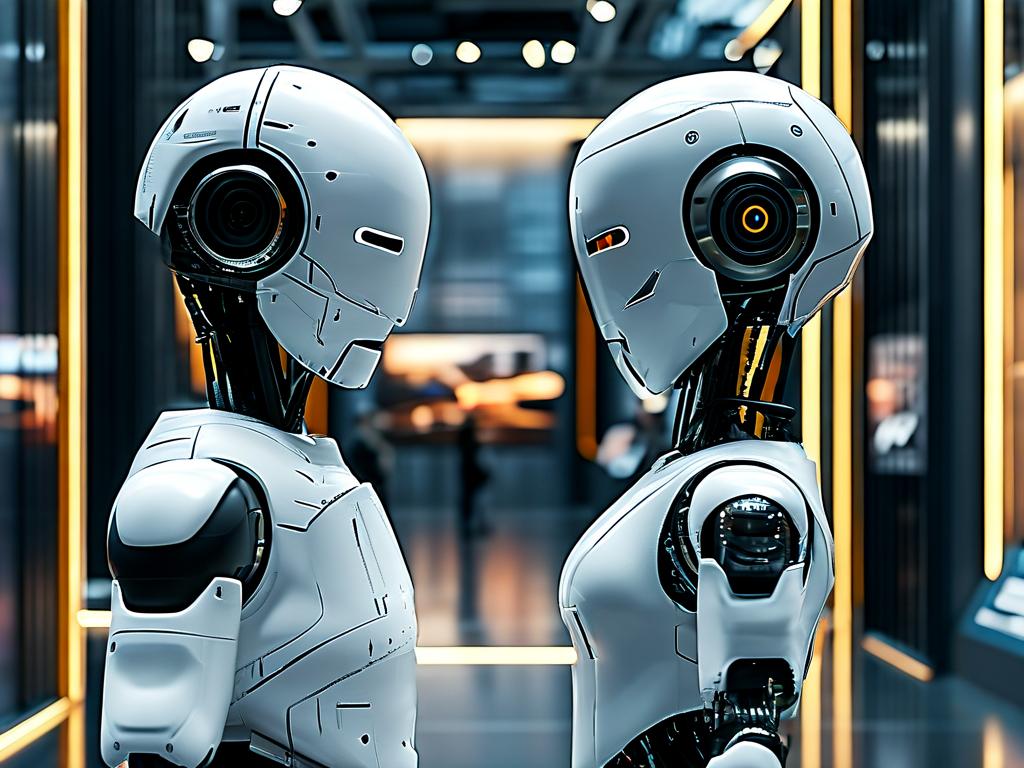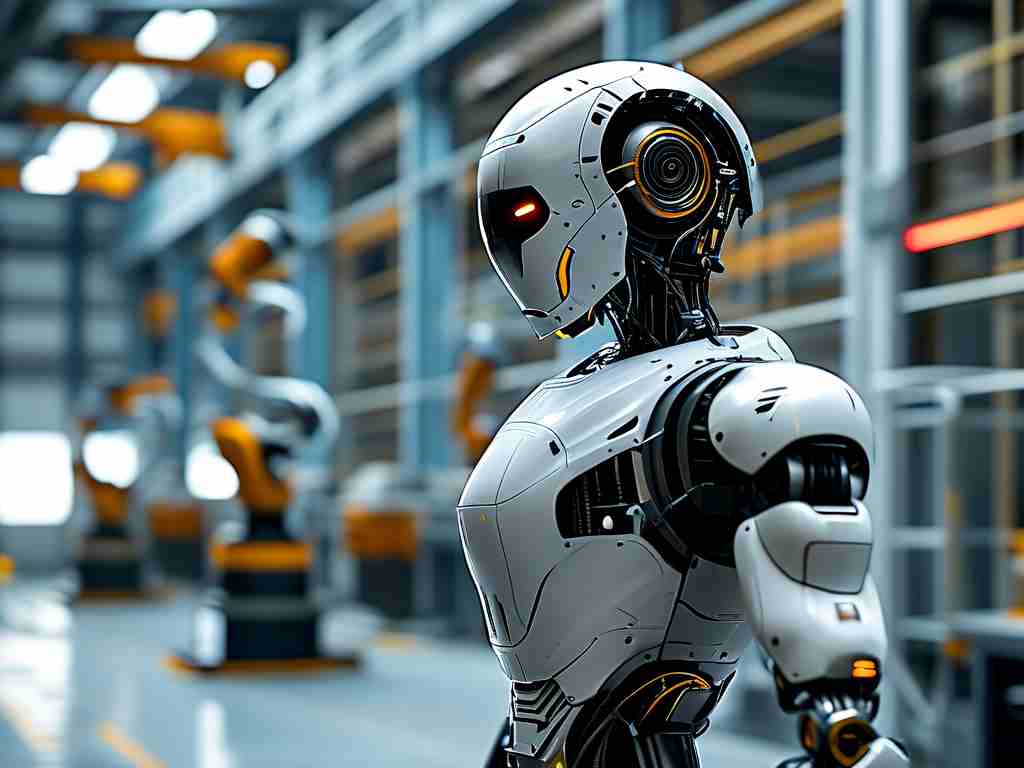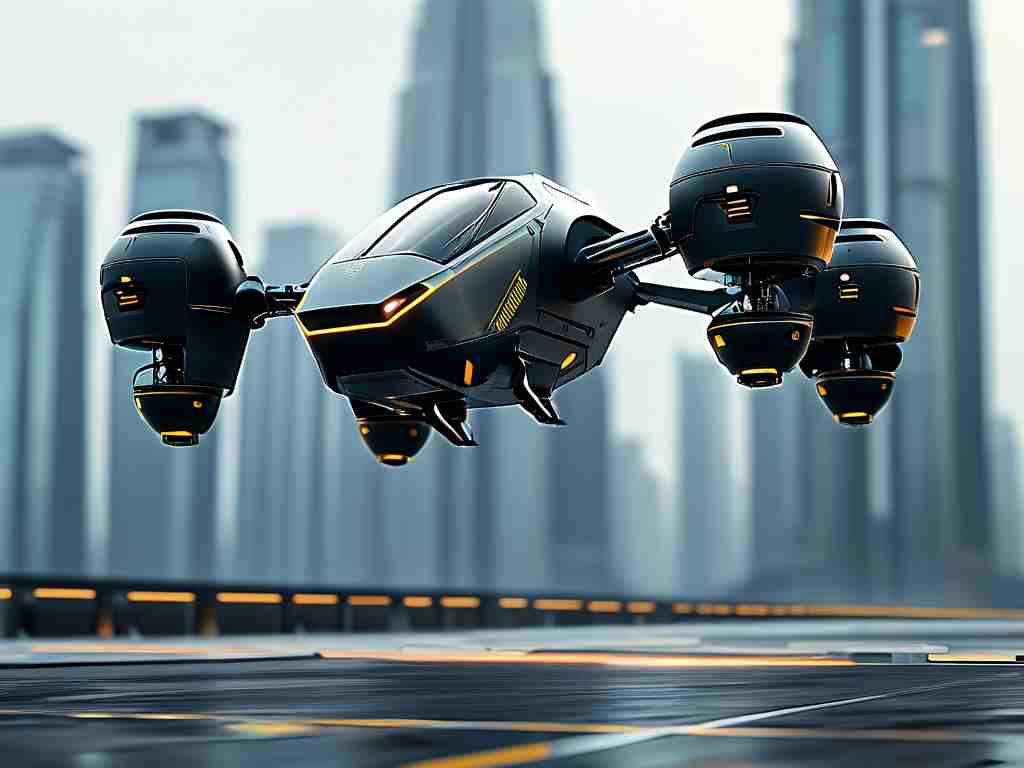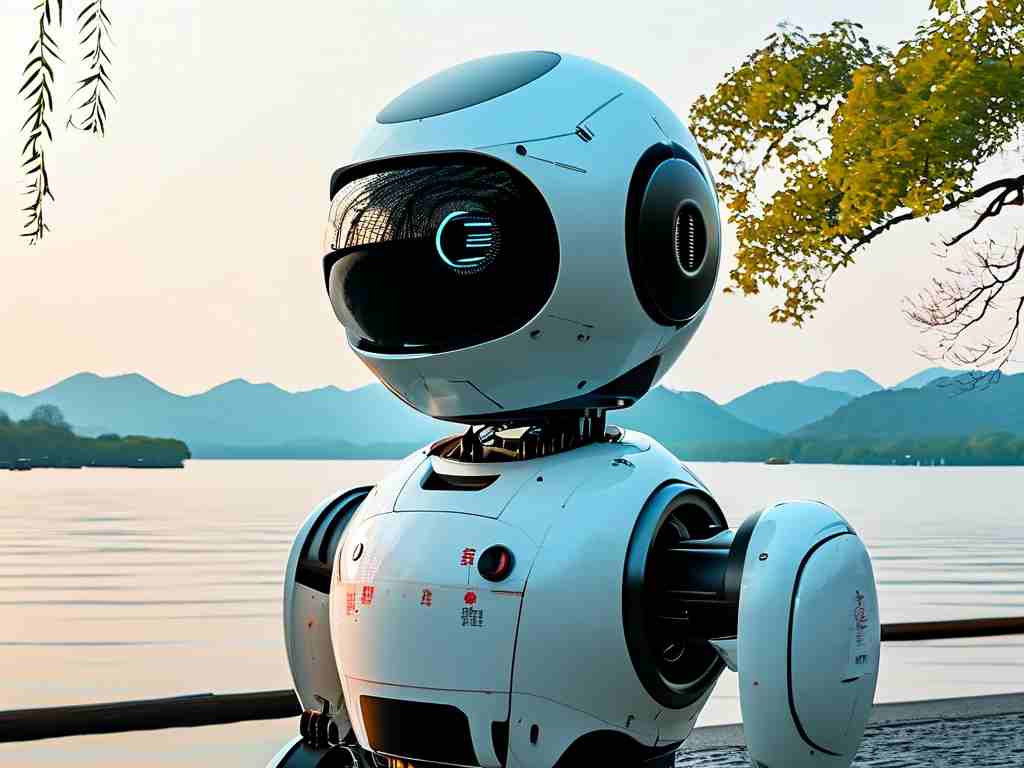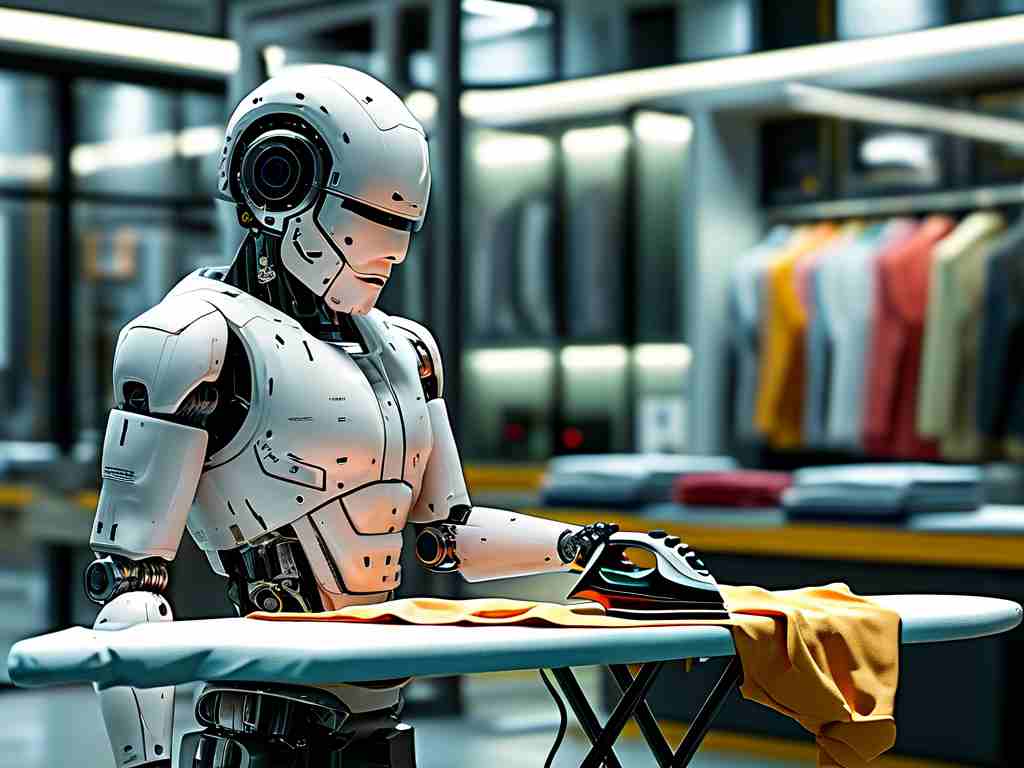As urbanization accelerates and living standards rise, the demand for intelligent home solutions has reached unprecedented levels. At the forefront of this revolution stands Haier, a global leader in smart appliance manufacturing, now pioneering advancements in family-oriented robotics technology. This article explores how Haier’s innovations are reshaping domestic routines while maintaining a human-centric design philosophy.
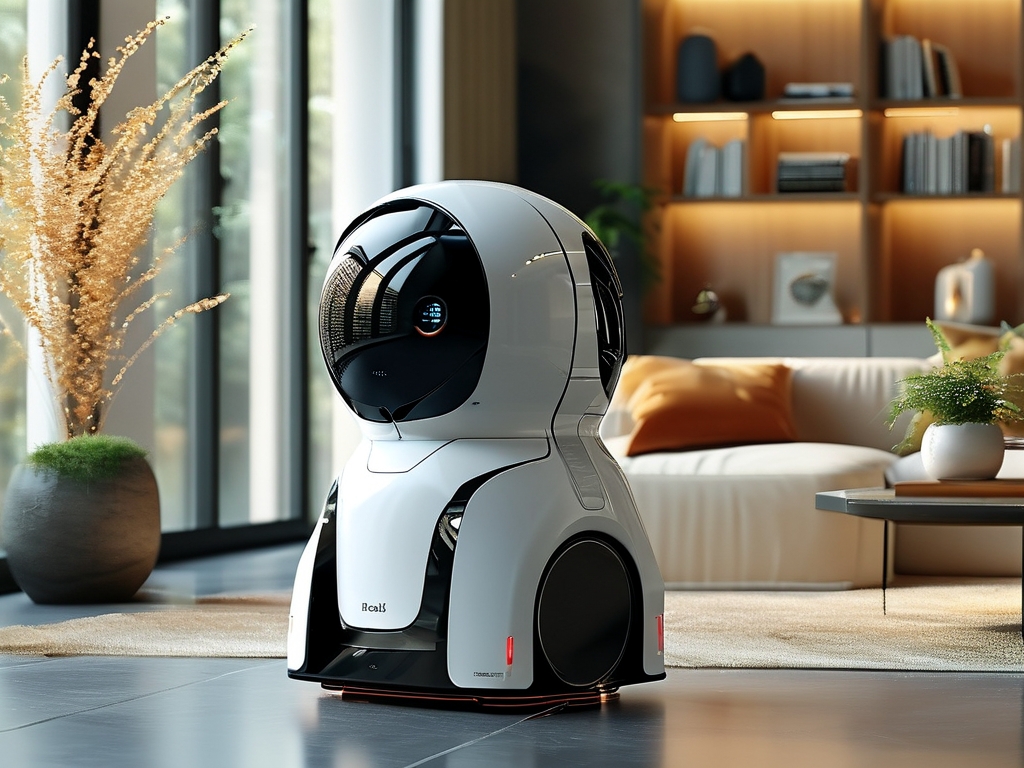
The Evolution of Home Robotics
Traditional household robots often prioritized functionality over adaptability, limiting their real-world applications. Haier’s research team recognized this gap early, investing heavily in contextual awareness systems. Their latest robotic vacuum model, the CleanMaster X9, demonstrates this progress through multi-surface recognition technology. Unlike conventional models that simply adjust suction power, the X9 analyzes floor materials (hardwood, carpet, tiles) and room layouts in real time, optimizing cleaning paths while avoiding obstacles like pet toys or charging cables.
AI-Driven Companionship Solutions
Beyond utilitarian tasks, Haier is redefining emotional connectivity through robotics. The recently unveiled CareBot series combines health monitoring with social interaction capabilities. Equipped with advanced voice recognition and emotion-sensing algorithms, these robots can detect subtle changes in family members’ tone or facial expressions. For elderly users living alone, the CareBot not only reminds them to take medication but also initiates personalized conversations based on historical interaction data. Field tests in Shanghai nursing homes showed a 40% reduction in reported loneliness among participants using the system.
Seamless Ecosystem Integration
What truly distinguishes Haier’s approach is its commitment to holistic smart home integration. Through the proprietary U+HomeOS platform, robotic devices communicate with other appliances in real time. Imagine a scenario: When the cooking robot detects smoke via connected kitchen sensors, it automatically pauses meal preparation, activates ventilation systems, and alerts security robots to investigate. This interconnectedness extends beyond hardware – user preference data from robotic systems help refine AI predictions across the entire home network.
Sustainability Through Precision
Environmental responsibility forms another cornerstone of Haier’s robotic development. The AquaGuard robotic window cleaner exemplifies this ethos. By employing computer vision to map window dimensions and soiling levels, it uses 35% less cleaning solution than manual methods while achieving superior results. Moreover, its solar-assisted charging system reduces energy consumption by 50% compared to previous models. Such innovations align with global sustainability goals without compromising performance.
Addressing Privacy Concerns
As home robots collect increasing amounts of personal data, Haier implements robust security measures. All devices feature on-device processing for sensitive information like voice recordings and movement patterns. The company’s “Triple-Lock” encryption system – combining biometric verification, quantum-resistant algorithms, and blockchain-based audit trails – has received ISO 27001 certification, setting new industry standards for smart home security.
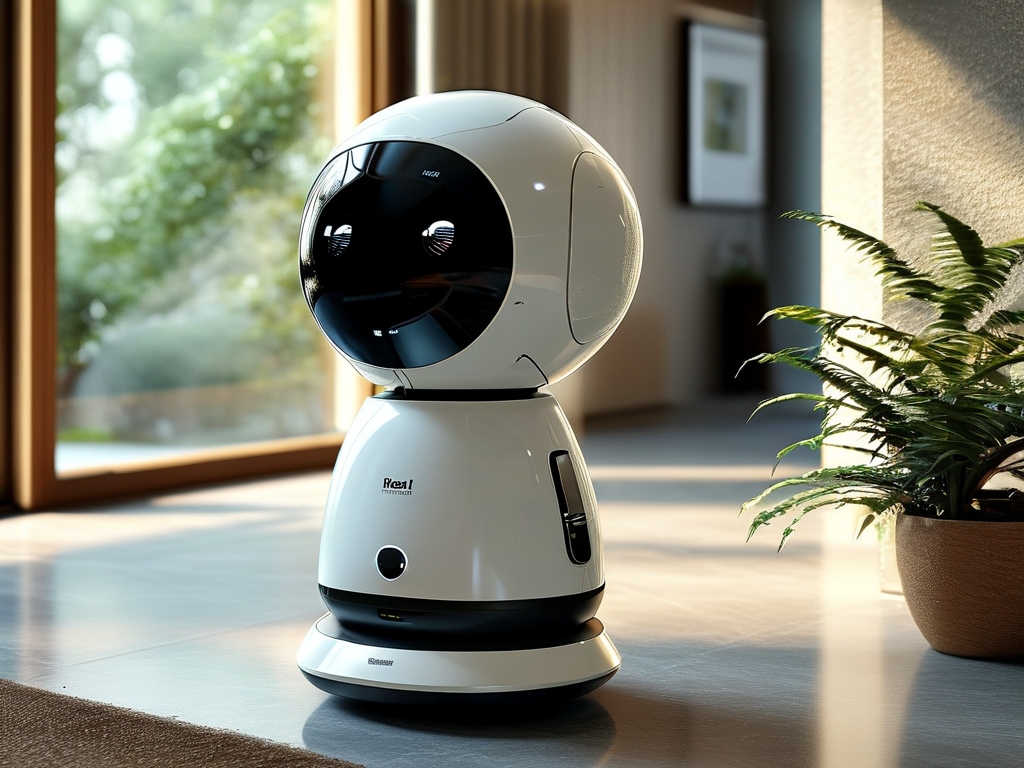
Future Roadmap
Looking ahead, Haier’s robotics division hints at groundbreaking developments. Patent filings suggest work on modular robots capable of reconfiguring their physical form for different tasks – a single unit might transform from a floor cleaner to a security drone as needed. Early prototypes demonstrate promising results in lab environments, though consumer availability remains 2-3 years away.
The convergence of Haier’s appliance expertise with cutting-edge robotics creates unprecedented possibilities for modern households. By balancing technological sophistication with practical usability, these innovations promise not just convenience, but a fundamental enhancement of domestic life quality. As the boundaries between living spaces and intelligent systems blur, Haier continues to demonstrate that in the age of smart technology, human needs remain the ultimate priority.


